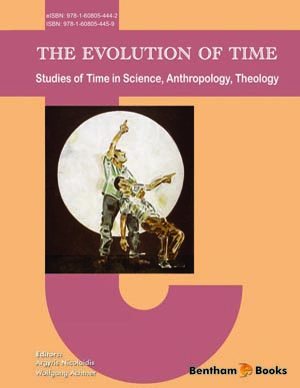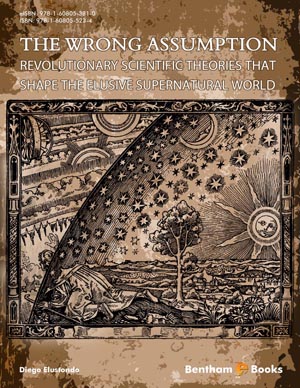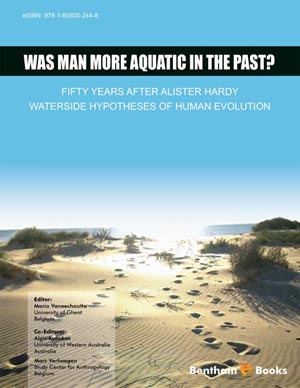Abstract
Chapter 8 aims to fully address the question: What is the mode of awareness
which frames the building of the pragmatic world, and what are its “passive”
transcendental conditions? As such, the discussion turns to the issues of the signitive
cosmos of space-time-movement, the practical domain, and the abstract versus the
concrete. The concepts of significance and understanding are brought to bear on a
discussion that relates perception and praxis to kinesthesis and embodiment, requiring
an exposition of the logic of analogy. This leads to an explanation of the importance of
the vital-kinesthetic, which has, up until now, been obscured by the primacy of
Cartesian dualism in Western thinking. The dualism appears between the postulation of
a “mind” as a thinking subject, and a body as a material mechanism, which functions as
a reaction to specific stimuli. There is no self-initiating movement, which would
explore the environment, have orientations or even any sense of what is forward or
backward, up or down, left or right. Yet, our kinesthetic body understands all these
orientations, and in fact, they become the coordinates of our practical world.












